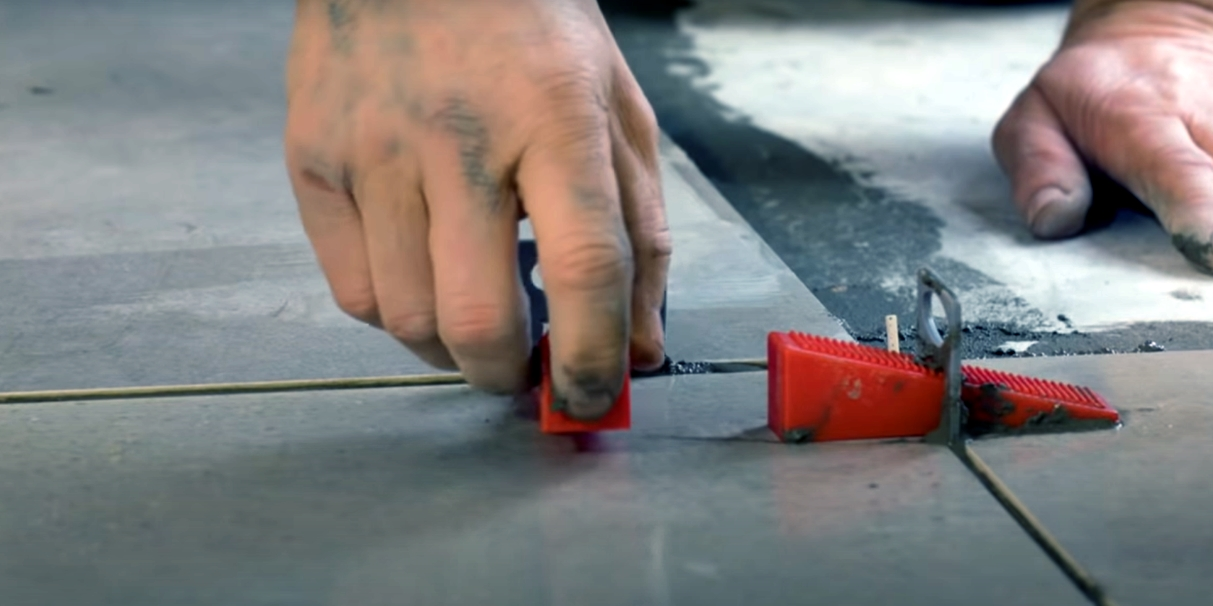Those with a keen eye on the world of interior design will be more than aware that large format tiles are very much en vogue right now, with increasing numbers of DIYers and homeowners installing them on both walls and floors in all manner of settings. Over the past few weeks we’ve looked at how you can use large and small tile formats together to create impact, given a rundown of the five hottest large format tiles for bathrooms right now, and even brought you a list of Five Essential Tools for Installing Large Format Tiles. If you’re all clued up on the large format tile resurgence and are just itching to get your installation underway then read on as we’re about to tell you of the five biggest mistakes you can make when installing large format tiles…
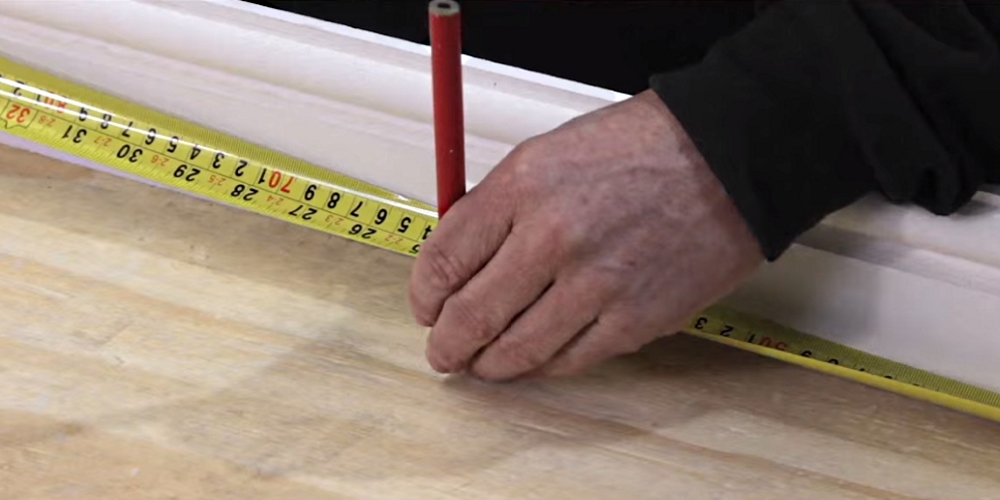
Layout Fails
Correctly measuring up and dry laying your tiles before fixing down is something you should do ahead of any tile installation, but this bit of forward planning is especially pertinent when it comes to large format tiles. The bigger the tile, the harder it is to fetch back up when laid should you realise you’ve made a mistake. Don’t get caught and take time planning and dry laying – ensure cuts at each end of the wall or floor are equal and make concessions for awkward cuts such as those around pipes and sanitary ware.
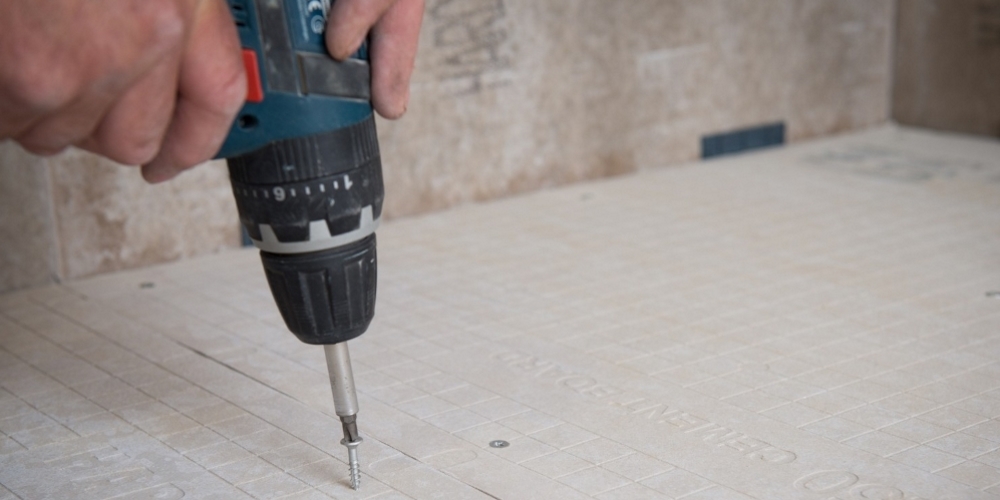
Bad Subfloor Preparation
Although we’re seeing tiles at the larger end of the scale being installed on walls more often these days, big tiles are most prominently used on floors. And one of the biggest mistakes anyone can make is not ensuring the sub-floor (i.e. the material you’re installing the tiles onto) is properly prepared. The golden rule when installing large format floor tiles is install onto a concrete floor where possible and always ensure it’s level by applying a levelling compound beforehand –watch this video to find out exactly how. If laying onto floorboards or other substrate, you should always check that the subfloor is strong enough to support the weight of the tiles without sagging – in almost all cases you will need to put down either a 6mm or 12mm backerboard to tile on to. Check out our range of cement boards and insulation boards to find the right one for you.
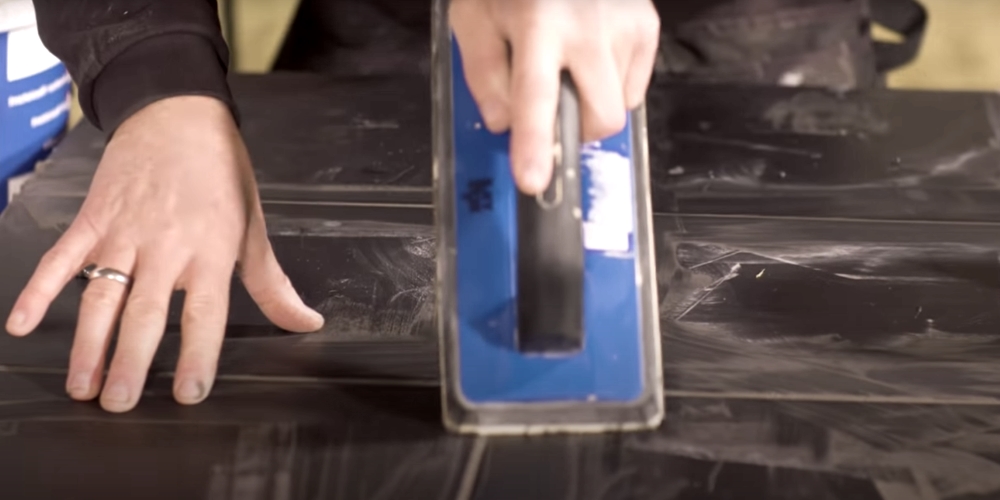
Grouting Too Quickly
So, you’ve dry laid your tiles, made sure you’re happy with the layout, then fixed them down using the correct adhesive. The next thing to do is surely to get that grout applied asap so you can start enjoying your newly tiles walls or floors, right? Wrong. Larger tiles require more adhesive to ensure they’re fixed properly and provide the structural stability necessary to allow them to withstand both heavy foot traffic and the weight of the tiles themselves. Filling joints in with grout straight away prevents the adhesive from setting fully and may cause instability later on down the line. Always give the adhesive the best chance of drying by not sealing the gaps with grout until the adhesive manufacturers’ stated curing time has elapsed.
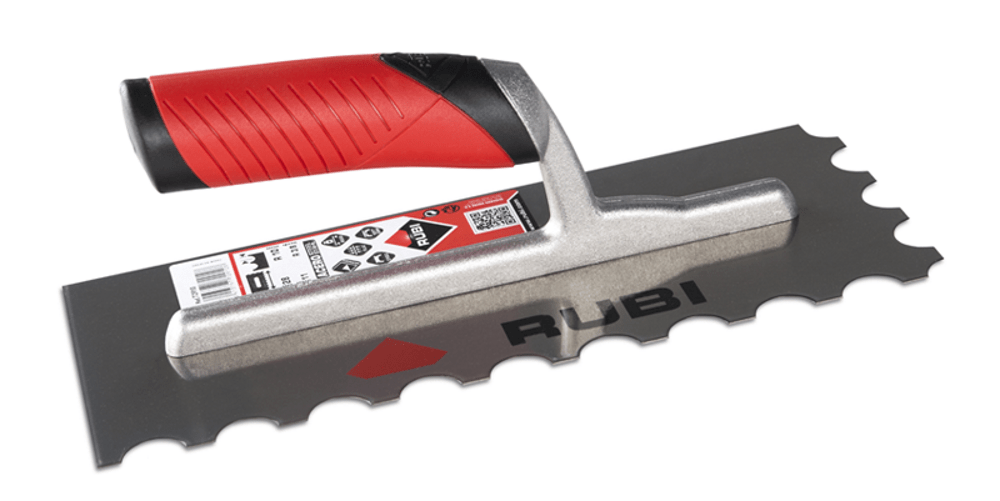
Wrong Trowel Size
As touched on above, larger tiles require more adhesive and that adhesive must also be applied in the correct way to ensure a stable installation. It’s advised to use a technique called ‘back buttering’ when installing large format tiles – this involves (as the name suggests), spreading some adhesive on the rear side of the tiles before placing and pushing down into the adhesive bed laid on the floor or wall substrate. To do this, and to correctly create the depth of adhesive bed your tiles will be laid onto, you will need to ensure you’re using the right size trowel for the type of installation. Check out our in-depth How To Choose The Right Tiling Trowel article for further info on picking the trowel that’s right for you.
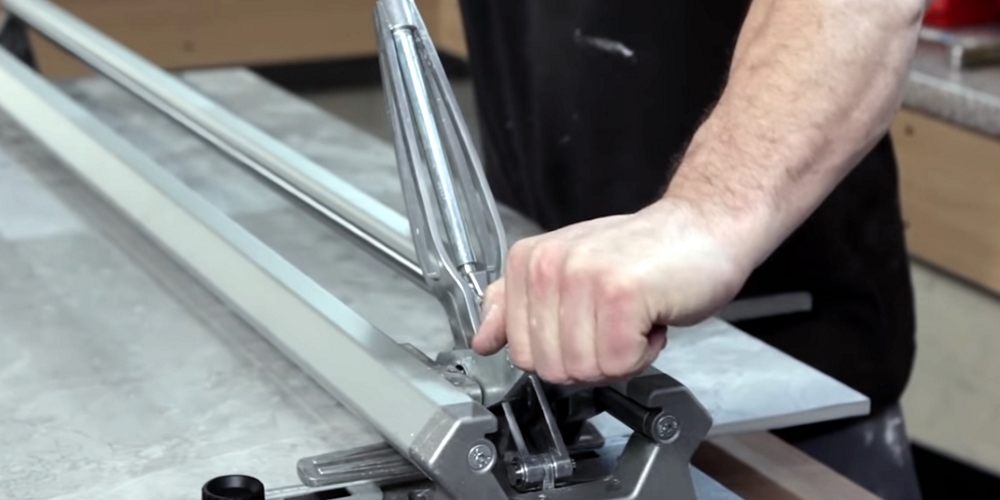
Cracking or Damaging Tiles
Large tiles are a bit more expensive than ‘regular’ tile, so mistakes can be costly. Be sure to take extra caution when moving them from place to place as the last thing you want is having to shell out on replacements after dropping and sheering a corner off a couple. We’d advise investing in a set of suction pads to help you lift and carry outsized tiles to their installation destination. It’s also a good idea to be extra careful when cutting or drilling through large format tiles as any mistakes could prove costly. Read our Choosing The Right Tile Cutter For The Job and How To Drill Through Tiles Without Cracking Them features for some helpful hints and tips.
Here at Tile Mountain, we not only have a huge range of tiles to suit every purpose, we also have a wealth of tiling knowledge gained from over 30 years in the tile industry, (which we’ll do or best to share with you across these very pages).
Whether you’re looking for the perfect tiles for your next home improvement project, are searching for some style inspiration, or simply need a bit of help and advice, you’re in the right place.

